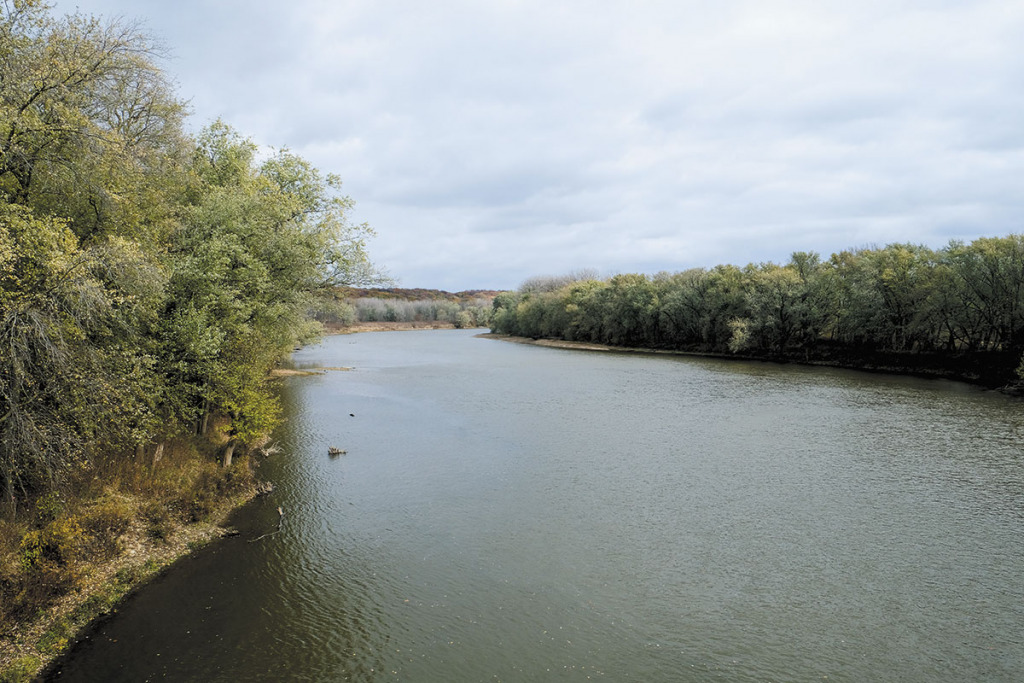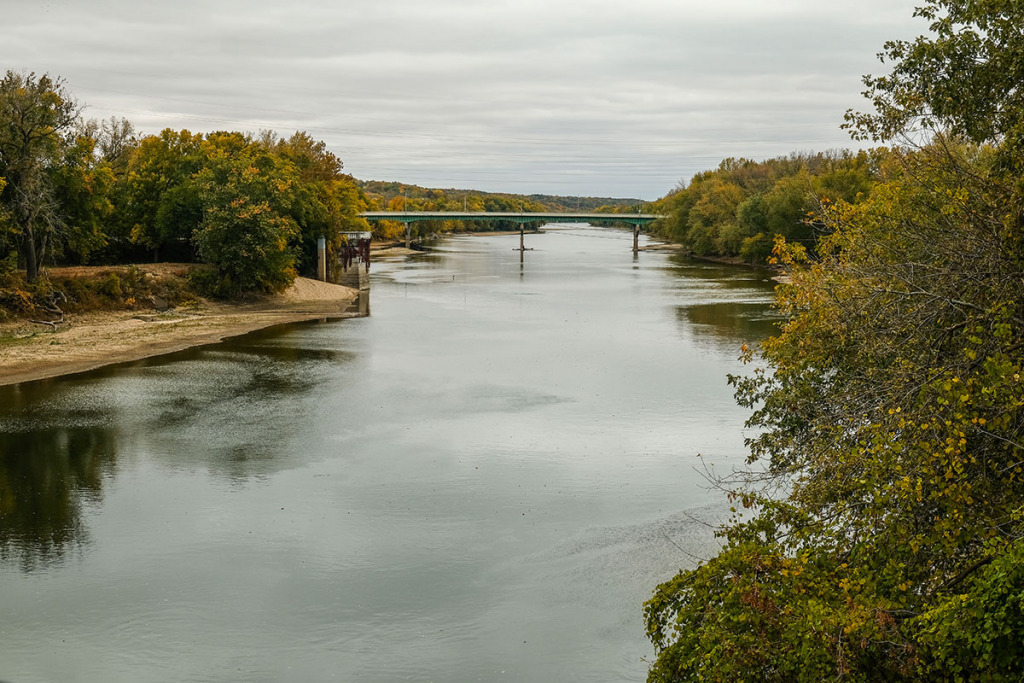
Citizens Energy ready to start work on Lebanon water project
Construction is set to begin early next year on a $560 million project to send millions of gallons of water each day to Lebanon to meet the demands of the state’s 9,000-acre LEAP Research and Innovation District.












